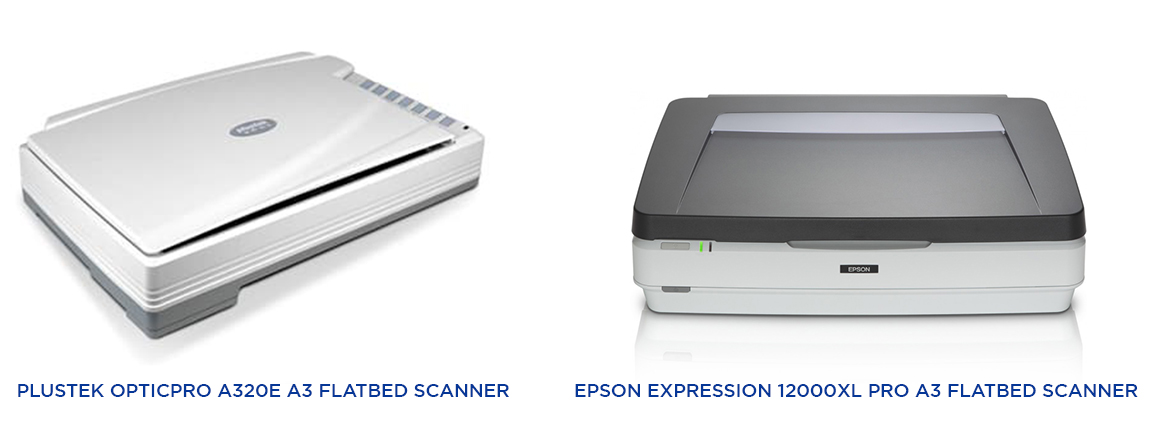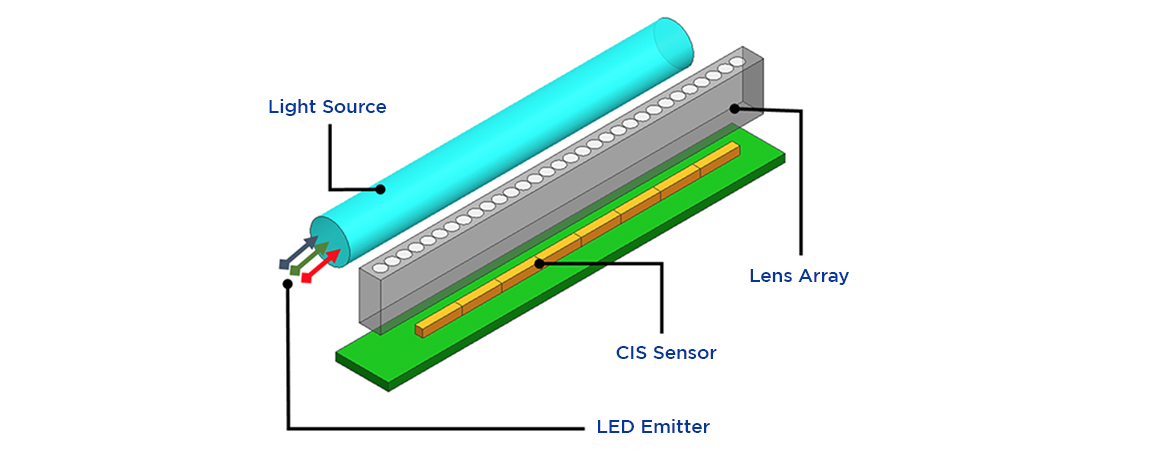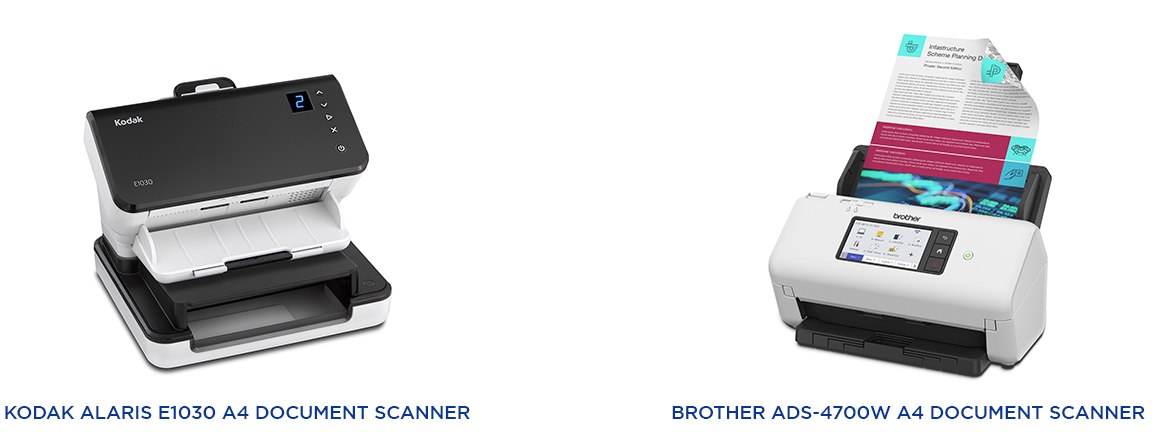Optical Scanner Technology - CIS and CCD Sensors Explained
The image quality of scans produced by a document scanner can vary considerably, between manufacturers and across product price tiers. It is important to remember that scan quality is not solely reliant on any one technology, rather a combination of hardware and software working harmoniously. That said, a key component in the output of high-quality scans is the optical technology incorporated within a document scanner.
An image sensor converts objects (paper) into digital files with the help of a lens and a light source. The most common image sensors are based on two technologies: the Charged Coupled Device (CCD) and the Contact Image Sensor (CIS).
CIS v CCD - which is best and what is the difference between CCD and CIS scanners.
This article will explain some of the historical differences between CIS and CCD scanner technologies. It would, however, be foolish to proclaim an outright ‘winner’, as many factors contribute to the overall quality of a digital scan. These include:
- Lens type and quality
- Light source
- Software
Future advancements in the technologies listed above, will enhance sensor performance and ultimately improve the quality of digital scans.
Charged Coupled Device (CCD)
Document scanners incorporating CCD optical technology work in the following way: a moving object (paper) is passed through a light source. As the object is illuminated, it is photographed by a reduction lens. The resulting image is then projected onto a CCD sensor and processed.

CCD’s have been around for some time and are regarded, by many, as a legacy technology. The CCD sensor came to prominence as the standard processor within digital SLR cameras. Although older, the technology is highly regarded and is still incorporated within Flatbed Scanners and some Large Format Scanners, which specialise in digitising artwork, graphics and photographs.
Benefits of CCD
- High colour gamut
- High-quality, low-noise images
- Great for art, graphics, film and photographs
- Increased efficiency due to LED’s
Recommended Scanners Incorporating CCD Technology

CCD, Cool lit LED Technology, DocAction or MacAction Software
Epson MatrixCCD, ReadyScan LED Technology, Silverfast Ai 8.8 Software
Contact Image Sensor (CIS)
CIS was/is more affordable than CCD technology but, initially, there was a drop-off in the image quality, as CIS scanners lacked the precision of a reduction lens.
CIS technology incorporates many fibre optic lenses to render the image information on a multitude of sensors. A light source is emitted through a rod, which incorporates three colour LED’s - Red, Green and Blue. The LED’s pulse to create various exposures under the illumination of each colour, and are then compiled into a single line of RGB pixels on a sensor.

Early Contact Image Sensors, resulted in a shallow depth of field, caused by the lack of a reduction lens, resulting in fold lines and wrinkles on scanned documents. Compared to CCD technology the range of colours captured by a Contact Image Sensor was much less. This proved a major issue when scanning artwork, although not so much for documents containing only primary colours or black text. In recent years, both issues have been resolved with sophisticated software updates and dual LED lighting. CIS technology is now widely incorporated into most new document scanners, whose primary function it is to scan large volumes of text documents.
Both Contact Image Sensors and Charged Coupled Device sensors have become faster and more energy efficient due to the advancement in LED lighting technology.
Benefits of CIS
- Faster speeds
- Low power consumption
- Images without distortion
- Inexpensive to produce
- Constantly improving technology
- Great for text documents
Recommended Scanners Incorporating CIS Technology

Scanner type Dual contact image sensor (CIS)
Dual RGB LED Illumination CIS
CIS 1 Line Sensor
CIS (Contact Image Sensor), ReadyScan LED
Colour CIS (Front & Back)
If you would like advice on which document scanner would best suit your business, please contact us and we will help you decide.
Published 13/12/2022
